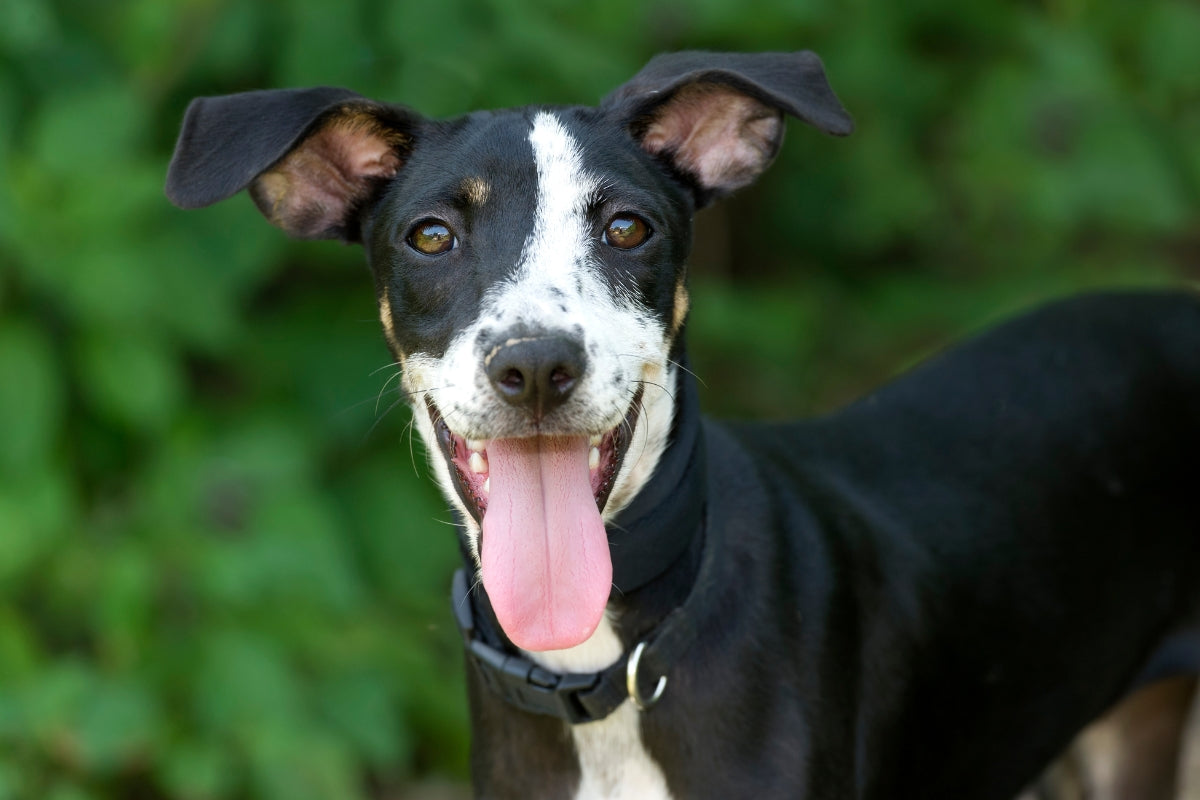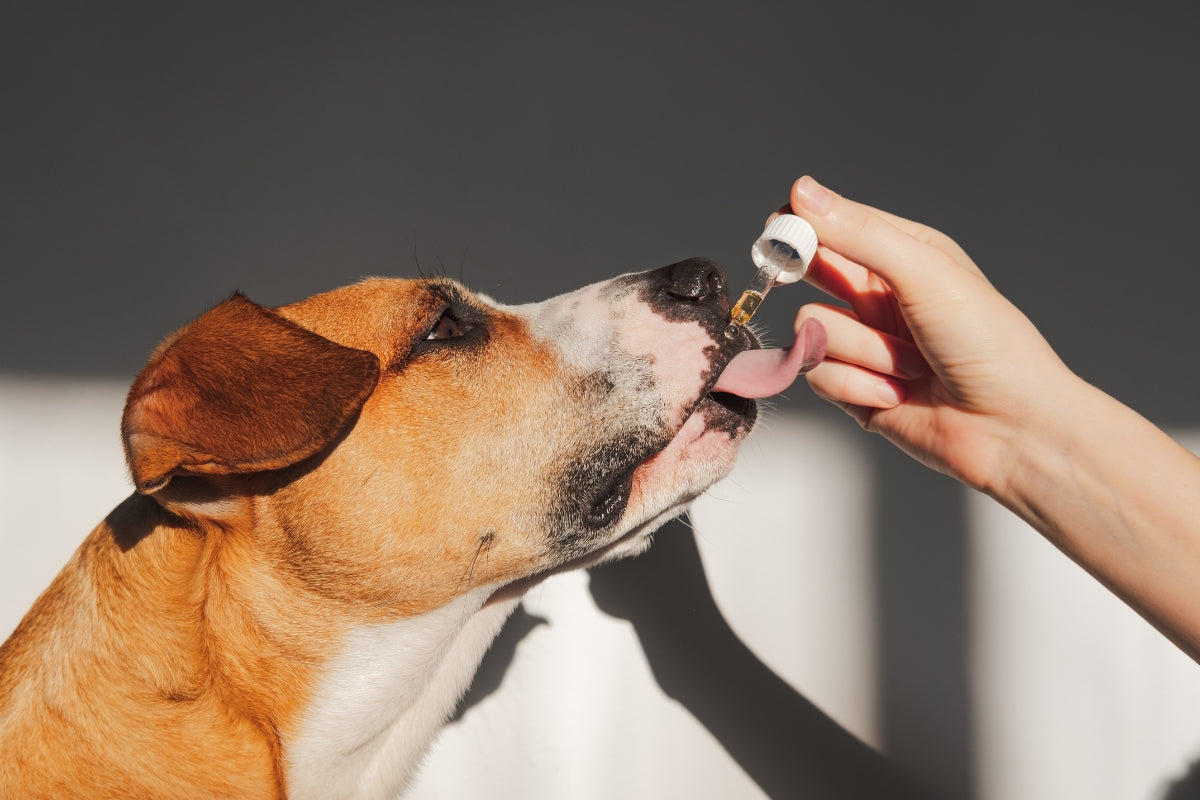If you've ever wondered if your dog is truly happy, you're not alone! Well, the good news is dogs are fantastic at telling us how they feel.
Let’s dive into the signs that your dog is one happy pup:
The wagging tail (but not just any wag!)
Of course, the classic tail wag is one of the first things we think of when imagining a happy dog. But there’s more to it! A happy dog will wag its tail with excitement and energy, often moving it in big, wide sweeps. If your pup’s tail is at a relaxed, neutral position but still wagging with enthusiasm, that’s a sign they’re in a good mood.
But, be mindful, tail wagging isn’t just about happiness. If the tail is stiff and low, it could signal discomfort or anxiety.
Bright, sparkling eyes
One of the clearest signs of a happy dog is their eyes. When a dog is happy, their eyes will appear bright and relaxed. You’ll notice a softer, more loving gaze, often with a gentle, squinty expression (think: "puppy eyes" that melt your heart).
If their eyes are wide, unfocused or bloodshot, it could indicate stress or discomfort.
Relaxed body language
Happy dogs tend to have relaxed and loose body language: soft eyes, a relaxed face and ears in a natural position (not pinned back or overly forward). A dog who rolls onto their back and exposes their belly is also showing trust and comfort in their environment, which is a pretty big sign they’re happy around you.
Read more about dog body language →
Playful & affectionate behaviour
A happy dog expresses joy through playful and loving gestures. Ever notice your pup suddenly zooming around or hopping in circles? Those "zoomies" are pure excitement! A content dog will eagerly chase toys, bring them to you or paw at you for a game. Alongside playfulness, they also show affection - gentle nudges, soft licks or curling up next to you. Resting their head on your lap or seeking cuddles is their way of saying, "I love being with you!"
Healthy appetite
If your dog is excited to eat and shows an interest in their food, it’s a good sign that they’re feeling well and content. They may even get a little extra eager when you’re preparing their meal or give you a playful nudge to remind you it’s time to eat!
If your dog doesn’t want to eat, there are a few potential reasons which we explained in this blog post.




Leave a comment
This site is protected by hCaptcha and the hCaptcha Privacy Policy and Terms of Service apply.